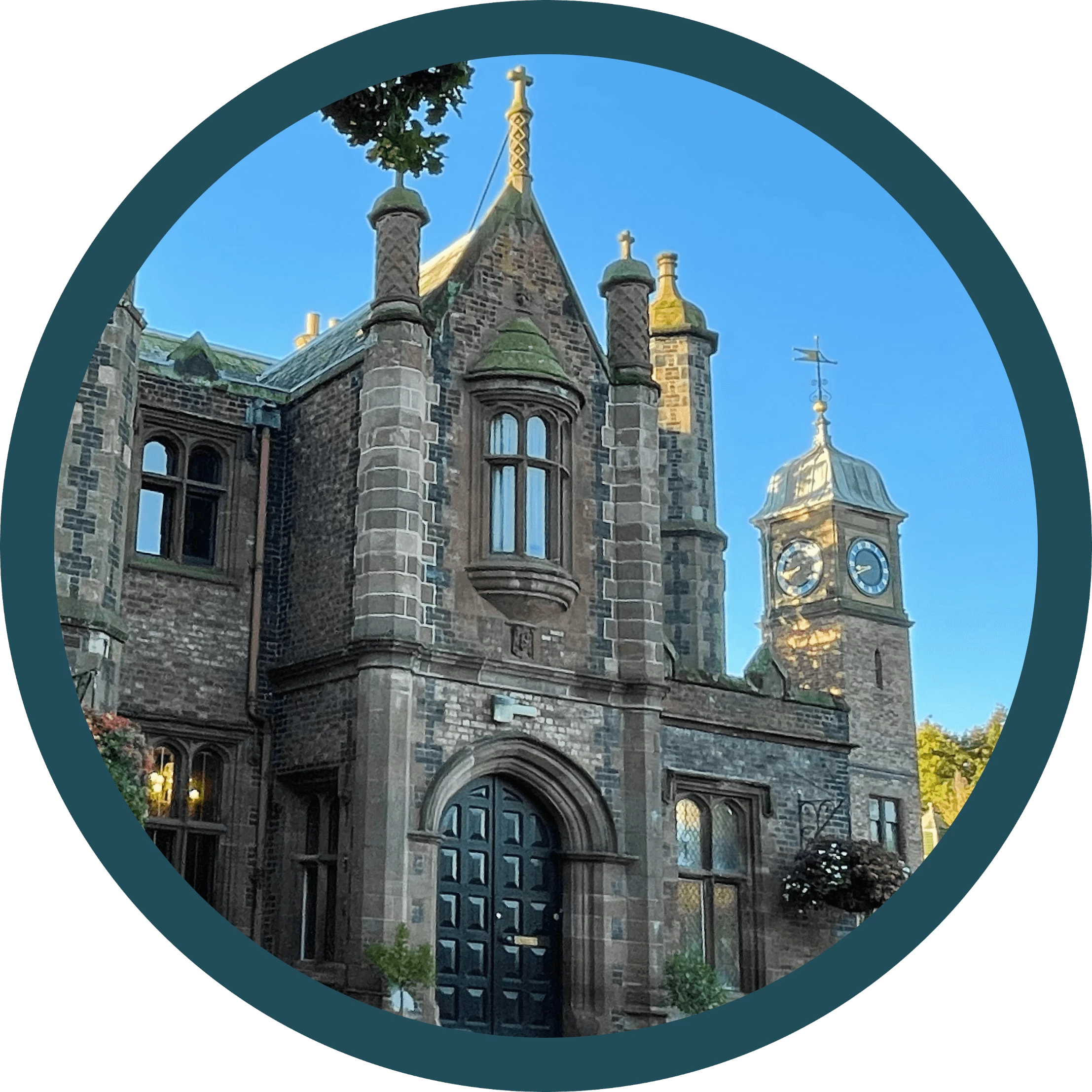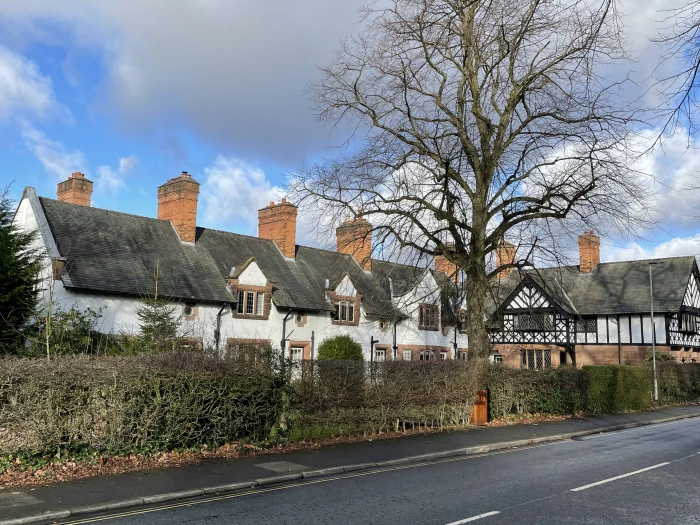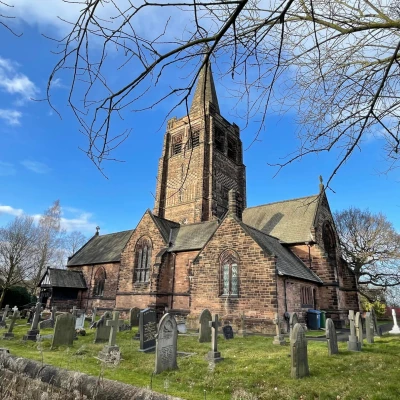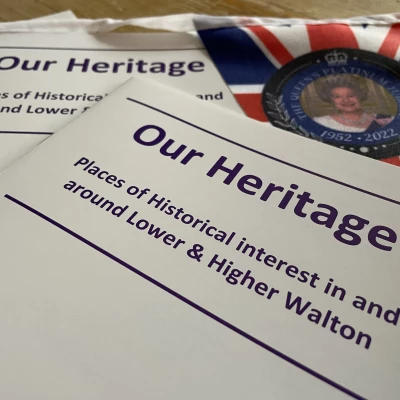Walton's History
The Parish of Walton has a deep and rich history. In 2022 as part of the Platinum Jubilee Commemorations, Walton Parish Council produced an historical guide to place in and around Walton. This publication, titled "Our Heritage" can be viewed here.
There is some debate as to the origins of the name 'Walton'. In England there are more than sixty places named Walton or that have Walton within their name. We know that there are three probable meanings. One is 'the town where the Britons live'; the second is 'the town by the wall' and the third is 'the town in the wood'. Given that Walton grew next to the Roman station at Wilderspool it is plausible that the name was established because it is where the Britons lived, and it was adjacent to the walled Roman Station.
Over the years, Walton has evolved as two distinct settlements, 'Lower Walton' to the east and 'Higher Walton' to the west. In years gone by, these distinct communities have been variously named. Around the mid to late eighteenth century, they were known as 'Nether Walton' and 'Over Walton'. With the development of the Walton estate throughout the 1800s the communities became known as 'Walton Inferior' and 'Walton Superior'.Thankfully the days of superiority and inferiority have gone! The 'Lower' and 'Higher' distinction is purely based on altitude as there is approximately a 10 to 15 metre difference in the height above sea level between the two areas.
Both the Higher and Lower Walton communities have a rich history. Our earliest map records show the post medieval development of the villages. Lower Walton, for example, had its own corn mill and mill pond, on the site currently occupied by Furness Rigby car sales. The construction of the Manchester Ship Canal in the 1890s cut Lower Walton in half and many of the former thatched cottages were demolished. On the north side of the ship canal, in the area around Eastford Road, it is possible to see the remains of the cobbled lanes of the early village, as well as the path of the stream that once flowed into the River Mersey.
Higher Walton was redeveloped by the Walton Estate under the ownership of generations of the Greenall family. Virtually all the pre-19th century village houses were swept away and new houses, in a variety of architectural styles, were built. The look of Higher Walton village is similar to other communities that were built by business philanthropists, for example Lever's Port Sunlight village on the Wirral and Cadbury's Bournville village in Birmingham. While Walton is quite small in comparison it, clearly echoes the 'model village' creation period of Victorian times. Our Parish Church, The Church of St John the Evangelist, was financed entirely by Sir Gilbert Greenall at a cost of £17,500; it was consecrated in May 1885. With a spire that is just under 40 metres high is has been referred to as a cathedral in miniature. The full history of the Walton Estate is beyond the scope of our parish website and those who wish to find our more can visit Walton Hall & Gardens website.






